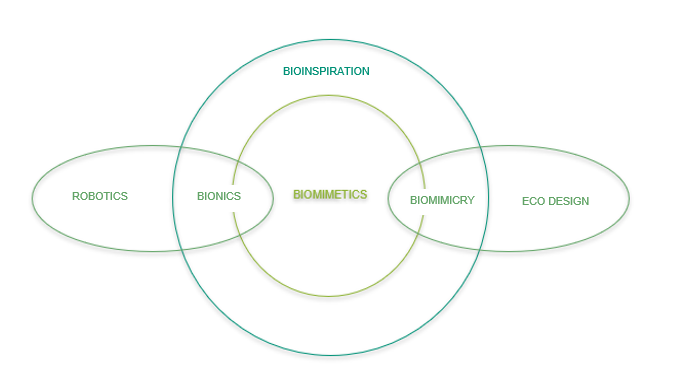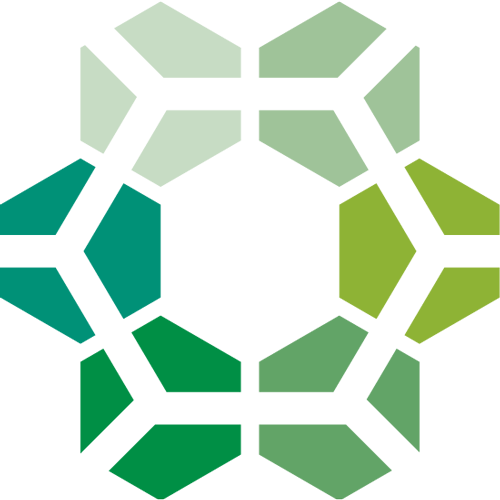An interdisciplinary approach that uses living organisms as a model to meet the challenges of sustainable development (economic, environmental and social)
What is Biomimicry
This innovative approach invites us to look to the living things to learn from the 3.8 billion years of experimentation and optimization of living organisms and ecosystems.
Biomimetic designers (“biomimics”) focus on understanding, learning from, and emulating the strategies used by living things, with the intention of creating designs and technologies that are sustainable. This approach generates incredible innovations.
With biomimicry, we can develop new products, processes, and systems, or improve existing designs. It can help us to shift our perspective, see design problems and objectives differently, and uncover “new” solutions to difficult problems.
Examples of biomimicry can be found all around us in architecture, health, design, materials, communication and signal processing, chemical processes, structural optimization, water treatment and management, energy, transport, …
Circular Economy
Regenerative City
Agroecology
Materials
Information
Energy
Water
Green Chemestry
The living is an inexhaustible source of inspiration that leads to sustainable and useful innovations for mankind.
Janine Benyus, co-founder of the Biomimicry Institute, biologist, and author of Biomimicry: Innovation Inspired by Nature (the book that brought biomimicry into the public eye), has defined biomimicry as the “conscious emulation of life’s genius.”
That is:
- “Conscious”: being intentional
- “Emulation”: learning from living things, then applying those insights to the challenges humans want to solve.
- “Life’s genius”: recognizing that life has arrived at well-adapted solutions that have stood the test of time, within the constraints of a planet with finite resources.
As you begin to explore biomimicry, you’ll no doubt come across a host of other “bio-” terms, such as: bio-inspired, biophilia, biomimetics, bioengineering, bionics, bio-utilization…. What do these terms mean? How are they similar or different from each other?
Not everyone agrees on the definitions, but according to the ISO standards
Standard ISO 18458
- 2.7 – Bio-inspiration: Creative process based on the observation of living systems.
- 2.11 – Biomimicry: Philosophy using nature as a model to meet the challenges of sustainable development (social, environmental and economic).
- 2.12 – Biomimetics: Interdisciplinary cooperation between biology and technology or other areas of innovation to solve practical problems through the abstraction, transfer and application of knowledge gained from biological systems.




